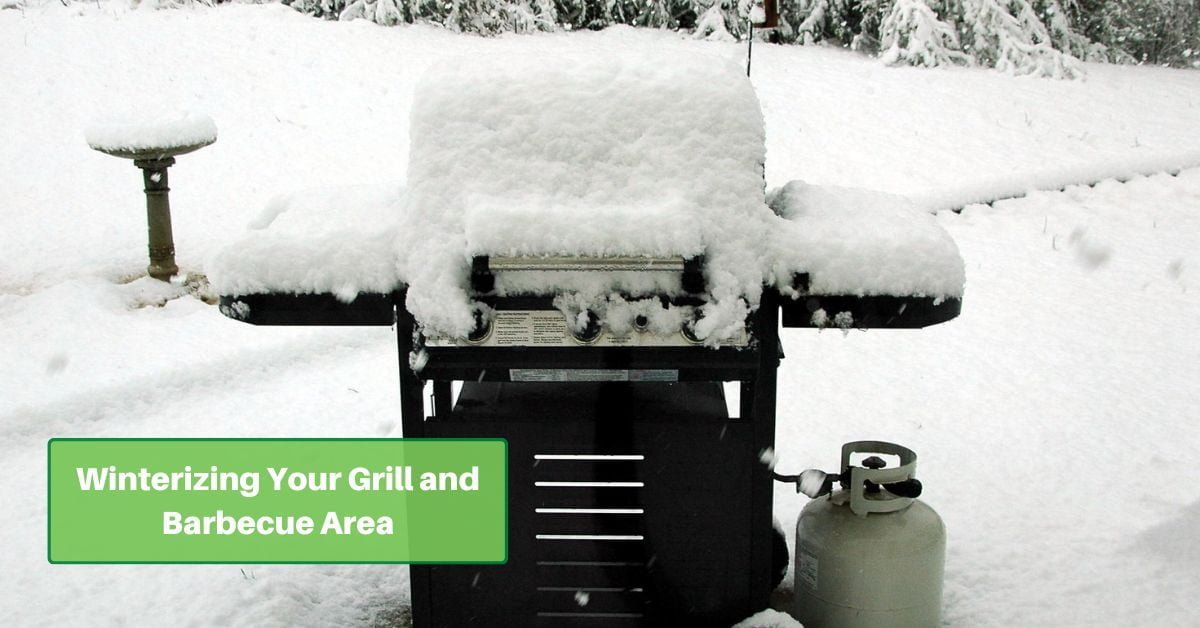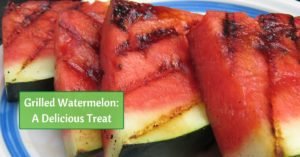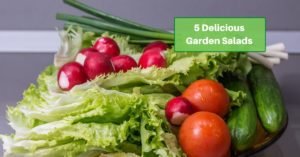For many, the arrival of winter signals the end of the grilling season, a time to say goodbye to backyard barbecues and outdoor gatherings until spring. However, before you close the door on this year’s grilling adventures, it’s crucial to winterize your grill and barbecue area properly. This protects your investment and ensures that your equipment will be ready to fire up as soon as the warmer weather returns. Our simple guide will help you secure your grill and outdoor cooking area against the winter elements.
Cleaning the Grill
The first step in winterizing your grill is giving it a thorough clean. Leftover grease and food particles can attract pests and may lead to corrosion over the winter months.
For gas grills, start by heating the grill to burn off any remaining food residue, then turning it off and letting it cool before scrubbing the grates with a grill brush. Remove the grates and clean the burners and burner covers with soapy water, ensuring any blockages in the burner ports are clear.
For charcoal grills, empty the ash catcher and scrub the grates. Pellet grills require emptying the hopper, burning off any remaining pellets, and thoroughly cleaning the grates and interior.
Inspecting and Repairing
Once your grill is clean, inspect it for signs of wear and tear. Look for rust, cracks, or worn-out or damaged parts. This is the perfect time to make necessary repairs or note parts needing replacement come spring.
Inspect the gas lines and connections of gas grills for leaks, which can be done by applying soapy water to the lines and watching for bubbles when the gas is on.
Ensuring everything is in good working order before putting away the grill can save you a lot of time and hassle when grilling season rolls around again.
Protecting Surfaces
The exterior of your grill and the surfaces of your barbecue area also need protection from the winter weather. If your grill is stainless steel, a coat of stainless steel polish can help prevent rust and corrosion caused by snow and rain. Applying a thin layer of cooking oil to the exterior of painted grills can help create a barrier against moisture.
Remember to protect the countertops and surfaces of your outdoor kitchen area. Covering these with waterproof covers or sealants designed for outdoor use can prevent damage from freezing temperatures and moisture.
Covering and Storing Grills
A high-quality grill cover is indispensable for winterizing your barbecue setup. Choose a cover that fits your grill snugly and is made from durable, waterproof material to keep out moisture and prevent rust. Ensure the cover is designed to allow airflow to prevent condensation from forming underneath.
If possible, store your grill in a sheltered area, such as a covered patio or garage. This adds an extra layer of protection against the elements. If you must leave your grill outdoors, position it in a spot shielded from prevailing winds and not prone to pooling water.
Gas Supply and Maintenance
Handling the gas supply correctly is a crucial part of winterizing for those with gas grills. Propane tanks should never be stored indoors or in an enclosed space. Instead, disconnect the tank and keep it outside, upright, and away from any potential sources of ignition.
It’s generally safe to leave the gas supply connected for natural gas grills, but always shut off the supply valve for the winter. Check the manufacturer’s guidelines for specific advice regarding your model.
Preparing the Surrounding Area
Securing the barbecue area involves more than caring for the grill. To prevent damage from snow and ice, cover your outdoor furniture with weather-resistant covers or stored in a shed or garage.
If you have an outdoor kitchen, drain any water lines to prevent freezing and cover sinks and appliances with protective materials. Ensure the entire area is clean and dry before covering items; this will help prevent mold and mildew growth during the off-season.
Pest Prevention
An often overlooked aspect of winterizing the barbecue area is pest prevention. Rodents and other pests are looking for shelter during the colder months and can cause damage to your grill and outdoor area. To deter them:
- Remove any food residue and seal food containers.
- Consider using natural repellents or traps around the barbecue area to keep pests at bay.
- Ensure that covers fit snugly and do not leave gaps for pests to enter.
Spring Readiness
As winter wanes and thoughts turn to the season’s first cookout, having a spring readiness plan will ensure your grill and barbecue area are up to the task. Start by inspecting the area for any damage that may have occurred over the winter. Remove covers and clean the surfaces underneath, checking for signs of pests or wear.
Reconnect any disconnected gas lines and inspect them for leaks using the soapy water test in case any pieces may have rotted over the winter.
Before the first use, perform a maintenance check on your grill, verifying that all parts function correctly and safely.
Winter Grilling Tips
A few adjustments can make the experience more enjoyable and safe for barbecue enthusiasts who brave the cold to grill in winter.
First, remember that grills take longer to heat up in cold weather, and wind can significantly affect cooking times. Consider positioning your grill in a spot sheltered from the wind to maintain consistent temperatures. Also, consider investing in a grill thermometer to monitor cooking temperatures closely. Finally, keep a clear path to your grill to avoid slips and falls.
Most importantly, never grill in an enclosed space like a garage. Open areas are necessary to avoid the risk of carbon monoxide poisoning!
Winterizing your grill and barbecue area is essential to outdoor cooking maintenance. Following the steps outlined in this guide, you can protect your investment from the harsh winter elements and make your transition into the grilling season as smooth as possible. Not only does this preparation help extend the life of your grill and accessories, but it also ensures that when spring arrives, you’re ready to fire up the grill and enjoy outdoor cooking without any hitches. Remember, a little effort in the off-season pays off in longevity and performance, keeping your grill and barbecue area in prime condition year after year.
As you implement these winterization steps, you’ll preserve the quality and functionality of your outdoor cooking space and enhance your overall grilling experience. Here’s to many more seasons of enjoyable barbecues and outdoor gatherings, no matter the weather!









